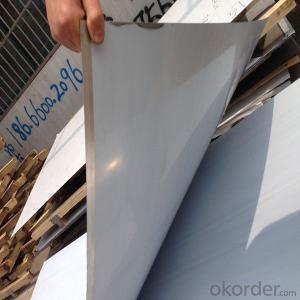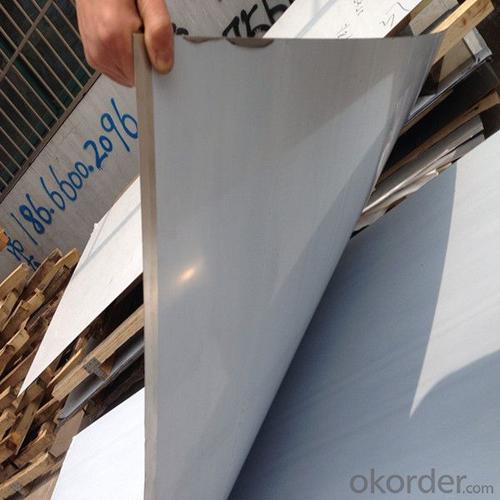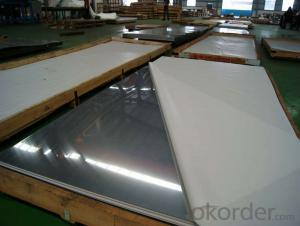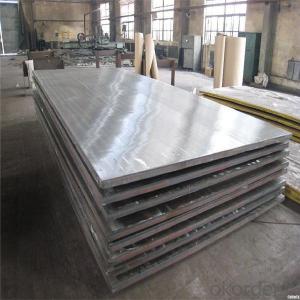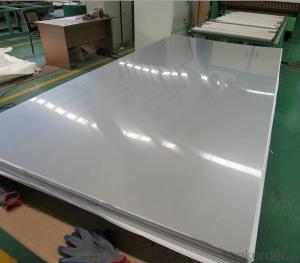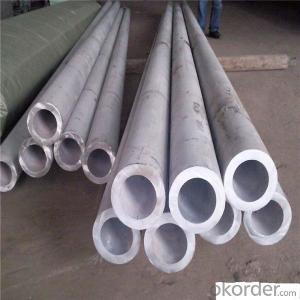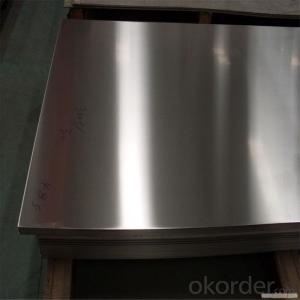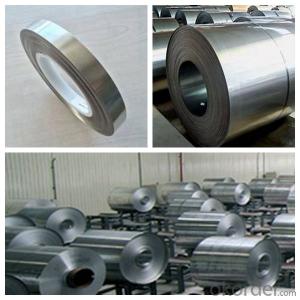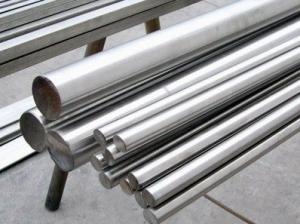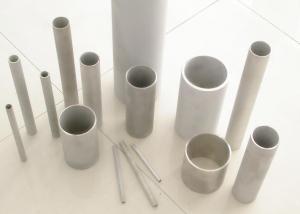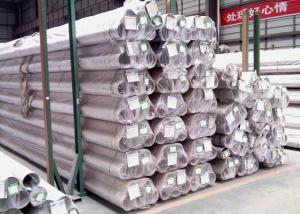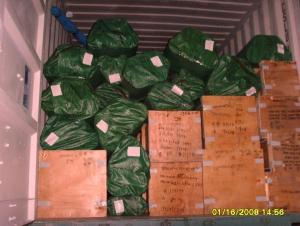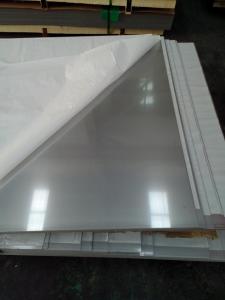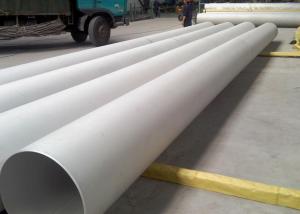Stainless Steel Sheet 304 Grade in Wuxi,China
- Loading Port:
- Shanghai
- Payment Terms:
- TT OR LC
- Min Order Qty:
- 1 m.t.
- Supply Capability:
- 20000 m.t./month
OKorder Service Pledge
OKorder Financial Service
You Might Also Like
Specification
Product Description
Name | Stainless Steel Sheet 304 Grade |
Material | 304 |
Thickness | 0.2mm~1.5mm |
Size | 600-1220mm |
Surface | 2B, BA, NO.4 ,HL, 6K, 8K ,etc |
Application | Kitchenware, decoration construction and building ornament, appliances parts manufacturing and stainless steel products tooling and so on |
Payment terms | 30% deposit by T/T, Balance against the copy of B/L; or L/C at sight |
Shipping terms | FOB shenzhen/ foshan; CNF import port |
Delivery time | within 15-20 working days after we got your 30% deposit |
More | FREE SAMPLES are available. |
FAQ
Q: What are your company advantages?
A: 1.We have a specialized documents team that provide better service, which aim to zero error for saving clients money and time.
2. We have strict qulity control from produce to delivery.
3. We use advanced systerm to improve woking effiency.
4. Free sample can be sent depend on your requirement.
5. An excellent sale team with soil sales experience.
6. Safe and professional packing.
Q: Can i get free samples?
A: YES, but freight cost charges on you party.
Q: Can you accept 100% L/C?
A: We prefer T/T+L/C for the first order. Full L/C can be neigotiated in the furture.
Q: CAN YOU MAKE SEMI DDQ QUALITY &DDQ (DEEP DRAWING QUALITY)?
A: Our Material of 201 and 410 have been widely used for producing Stainless Steel Pots and Stainless Steel Sinks, which have strict request for good deep drawing quality
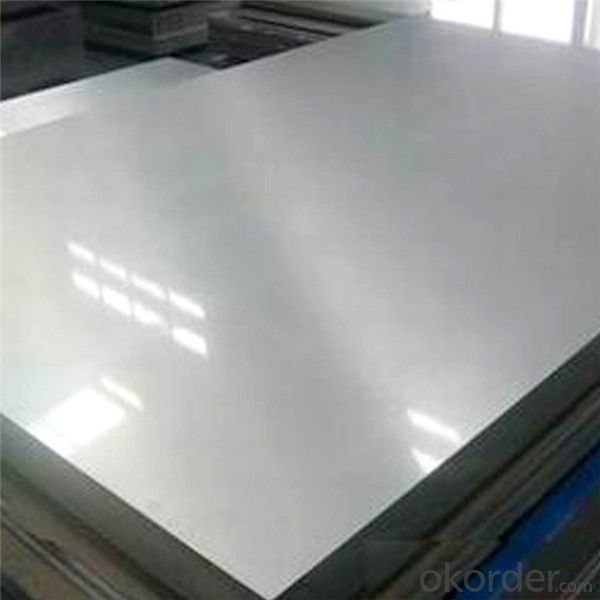
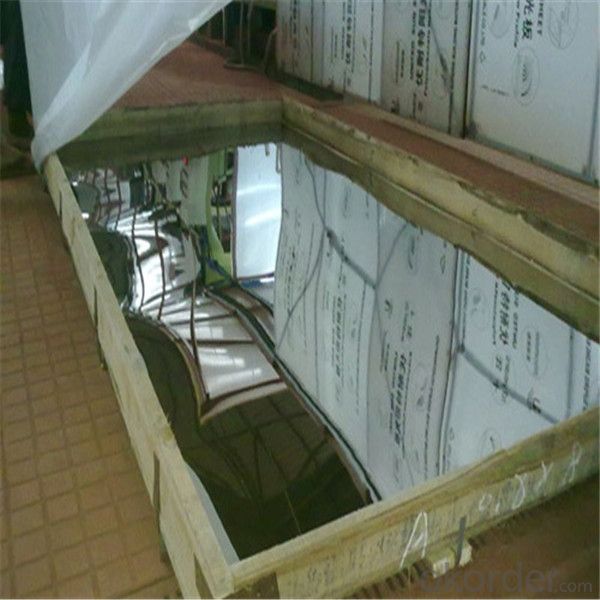
- Q: What's the difference between cold rolled plate and stainless steel?
- Cold rolled plate is the difference between "hot rolled plate", that is, the temperature of the hot-rolled steel plate is different, the strength is different, the cost is slightly different. The composition and elements of the two parts are basically the same
- Q: How do you remove oil stains from stainless steel sheets?
- To remove oil stains from stainless steel sheets, you can start by wiping the surface with a clean, soft cloth dampened with warm water and mild dish soap. If the stain persists, apply a small amount of vinegar or rubbing alcohol onto the cloth and gently rub the affected area. Rinse with water and dry thoroughly to avoid water spots.
- Q: What are the different types of stainless steel sheet thickness tolerances?
- The different types of stainless steel sheet thickness tolerances include standard, tight, and extra tight tolerances. Standard tolerances allow for slight variations in thickness, tight tolerances have lower permissible deviations, and extra tight tolerances have even smaller allowable variations in thickness.
- Q: Can stainless steel sheets be used for sound insulation?
- Stainless steel sheets can offer partial sound insulation capabilities. Although they are not as effective as specialized soundproofing materials, stainless steel still possesses some soundproofing properties. Thanks to their high density, stainless steel sheets aid in reducing sound transmission. Moreover, their reflective properties enable them to deflect sound waves and hinder their passage. However, it is worth noting that for optimal sound insulation, it is advisable to employ materials explicitly engineered for this purpose, like acoustic panels or soundproof curtains, as they offer superior sound absorption capabilities.
- Q: Are stainless steel sheets suitable for architectural facades?
- Yes, stainless steel sheets are suitable for architectural facades. They offer durability, corrosion resistance, and a sleek modern look that complements various architectural styles. Stainless steel sheets can withstand harsh weather conditions and require minimal maintenance, making them an excellent choice for long-lasting and visually appealing facades.
- Q: Are stainless steel sheets suitable for food preparation surfaces?
- Stainless steel sheets are highly suitable for food preparation surfaces, making them a top pick for kitchen countertops, cutting boards, and other areas where food is prepared. The many advantageous properties of stainless steel contribute to its popularity. Firstly, it is non-porous, meaning it does not absorb smells, flavors, or bacteria. This characteristic ensures high levels of hygiene and easy cleaning, reducing the risk of cross-contamination. Additionally, stainless steel is resistant to corrosion, staining, and heat, making it a long-lasting and durable option. Its smooth surface is also perfect for rolling out dough or chopping ingredients. Moreover, stainless steel is non-reactive, so it does not interact with acidic or alkaline foods, preserving the taste and quality of the prepared dishes. All in all, stainless steel sheets are an exceptional choice for food preparation surfaces due to their cleanliness, durability, and food safety qualities.
- Q: Can stainless steel sheets be used for stairs and railings?
- Stairs and railings can indeed utilize stainless steel sheets. This remarkably resilient and adaptable material frequently finds its place in architectural and interior design endeavors. With its corrosion resistance, stainless steel proves suitable for outdoor settings and environments with elevated humidity or chemical exposure. The malleability of stainless steel sheets allows for their fabrication into diverse forms and dimensions, rendering them perfect for crafting stairs and railings with an elegant and contemporary appearance. Furthermore, stainless steel boasts effortless cleanliness and maintenance, thus making it a pragmatic selection for high-traffic areas or public spaces.
- Q: What are the different types of edge profiles for stainless steel sheets?
- Some different types of edge profiles for stainless steel sheets include square edge, round edge, beveled edge, and chamfered edge.
- Q: What are the different types of perforations available for stainless steel sheets?
- There are several types of perforations available for stainless steel sheets, including round, square, slotted, and decorative patterns. Each type has its own unique characteristics and is suitable for different applications and aesthetic preferences.
- Q: What are the different types of patterned finishes available for stainless steel sheets?
- There are several different types of patterned finishes available for stainless steel sheets, each offering a unique aesthetic and functionality. Some of the most common patterned finishes include: 1. Diamond: This pattern features a raised diamond-shaped texture on the surface of the stainless steel sheet. It provides enhanced grip and is commonly used in applications where slip resistance is important, such as flooring or industrial equipment. 2. Linen: The linen finish is characterized by a textured pattern that resembles woven fabric. It adds a subtle elegance to stainless steel sheets and is often used in interior design applications, such as wall cladding or decorative panels. 3. Checkered: This pattern consists of a grid of raised squares or rectangles, giving the stainless steel sheet a checkerboard-like appearance. The checkered finish is often used for decorative purposes, as it adds visual interest and can create a retro or industrial look. 4. Bead Blasted: In this finish, the stainless steel sheet is blasted with fine glass beads to create a matte texture with a slightly rough surface. Bead blasted finishes are commonly used in architectural applications, as they provide a modern and uniform appearance while reducing glare and fingerprints. 5. Etched: Etched finishes involve chemically altering the surface of the stainless steel sheet to create intricate patterns or designs. This process can achieve a wide range of effects, from simple line patterns to complex images. Etched finishes are often used in decorative applications, such as signage, artwork, or custom designs. 6. Sandblasted: Similar to bead blasting, sandblasting involves using high-pressure sand or other abrasive materials to create a textured surface on the stainless steel sheet. This finish provides a rougher and more pronounced pattern compared to bead blasting, making it suitable for applications that require a more industrial or rugged appearance. 7. Mirror: While not technically a patterned finish, the mirror finish is worth mentioning as it is a popular choice for stainless steel sheets. This finish is achieved through a series of polishing and buffing processes, resulting in a highly reflective surface that resembles a mirror. The mirror finish is commonly used in architectural elements, such as cladding, decorative accents, or reflective surfaces. Overall, the choice of patterned finish for stainless steel sheets depends on the desired aesthetic, functionality, and specific application requirements. Each pattern offers a distinct look and texture, allowing for endless possibilities in design.
Send your message to us
Stainless Steel Sheet 304 Grade in Wuxi,China
- Loading Port:
- Shanghai
- Payment Terms:
- TT OR LC
- Min Order Qty:
- 1 m.t.
- Supply Capability:
- 20000 m.t./month
OKorder Service Pledge
OKorder Financial Service
Similar products
Hot products
Hot Searches
Related keywords
